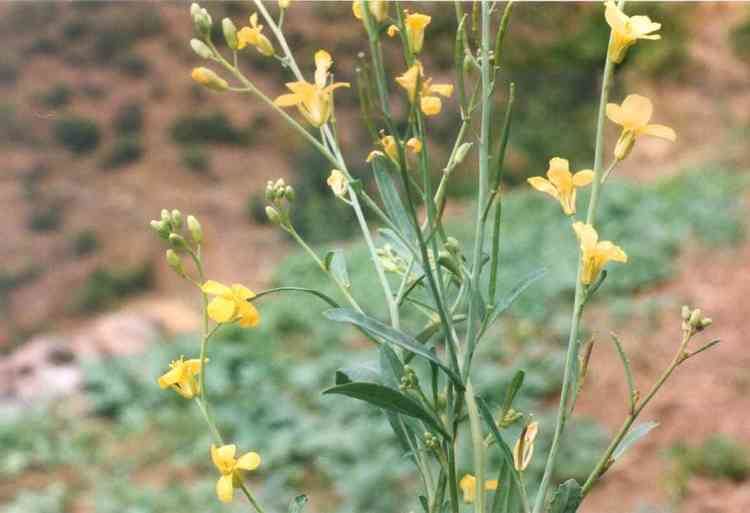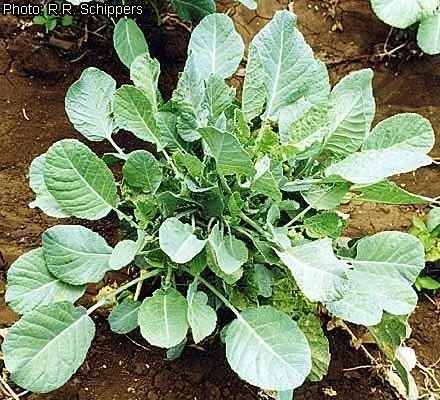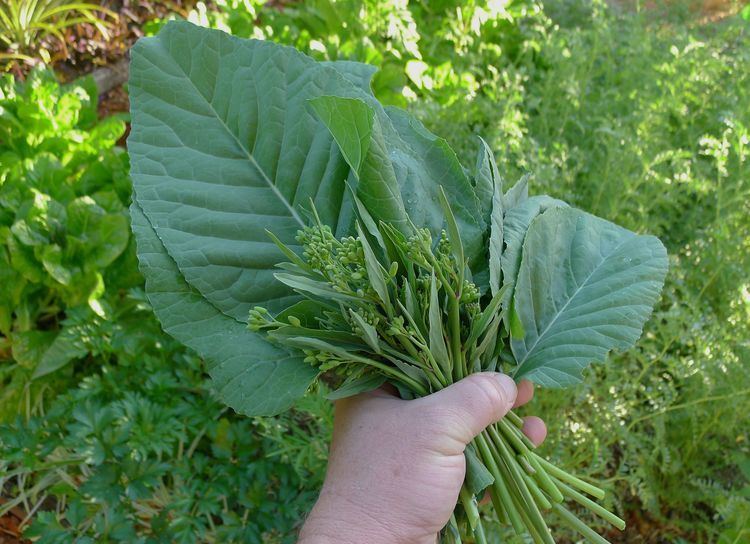Genus Brassica Higher classification Brassica | Scientific name Brassica carinata Rank Species | |
 | ||
Similar Brassica, Cabbage family, Brassica nigra, Brassica rapa, Brassica tournefortii | ||
Brassica carinata (Ethiopian rape, Ethiopian mustard, Abyssinian mustard) is a member of the Triangle of U species (U, 1935) in the agriculturally significant Brassica genus. It has 34 chromosomes with genome composition BBCC, and is thought to result from an ancestral hybridisation event between Brassica nigra (genome composition BB) and Brassica oleracea (genome composition CC) (Prakash and Hinata, 1980). Although B. carinata is cultivated as an oilseed crop in Ethiopia (Alemayehu and Becker, 2004), it has generally high levels of undesirable glucosinolates and erucic acid (Getinet et al. 1997), making it a poor choice for general cultivation as an oilseed crop in comparison to the closely related Brassica napus (Rapeseed).

The plant is also grown as a leaf vegetable, with a mild flavor. It is known as yabesha gomen in Amharic. Named varieties include Texsel, which is particularly adapted to temperate climates.

The flowers are very attractive to honey bees which collect both pollen and nectar.
This plant is also part of a research to develop an aviation biofuel for jet engines. On October 29 of 2012, the first flight of a jet aircraft powered with 100 percent biofuel, made from brassica carinata, was completed.


